"Dear Mr. Jeong Jong Tuk,
The Honorable Mayor of Mokpo
We are writing to you today (March 09, 2007) as representatives of Birds Korea, a domestic non-government organization dedicated to the conservation of birds and their habitats in Korea and the wider Yellow Sea Eco-region, and as Chair of the Research Committee of the Australasian Wader Studies Group. Birds Korea has approximately 270 members in Korea, and over 400 international members, many of whom are professional conservationists or ornithologists, living in over 30 countries. Birds Korea are also formal partners to the international organisation, the Australasian Wader Studies Group (a special interest group of Birds Australia), in the Saemangeum Shorebird Monitoring Program, a program designed to monitor the impacts of reclamation on shorebirds at Saemangeum and adjacent wetlands in South Korea.
In February, we were informed by a local birdwatcher of the decision to erect powerful lamps overlooking an area of tidal-flat lying within Mokpo City. This tidal-flat, lying in an area between the Mokpo National Maritime Museum and the Water Recycling Facility, is known to support numerous species of migratory bird, including the Eastern Oystercatcher Haematopus (ostralegus) osculans (National Natural Monument No. 326, considered to have a total global population of only 10, 0000 individuals: Wetlands International, 2006), the Bar-tailed Godwit Limosa lapponica and the Ruddy Turnstone Arenaria interpres, the last two species listed under the recent Bilateral Migratory Bird Agreement between the Republic of Korea and Australia (2006). In addition, the globally Vulnerable Saunders's Gull Larus saundersi has also been photographed using this site. (For photos please see below.)


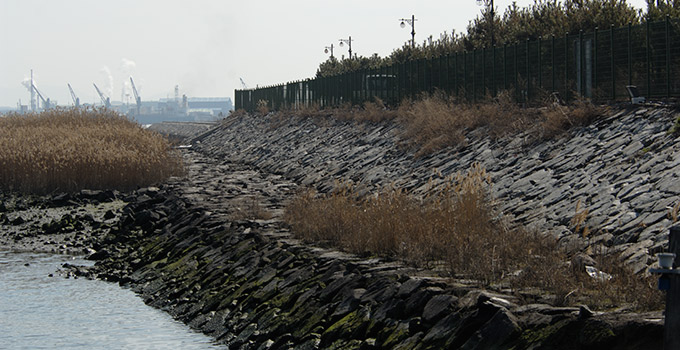
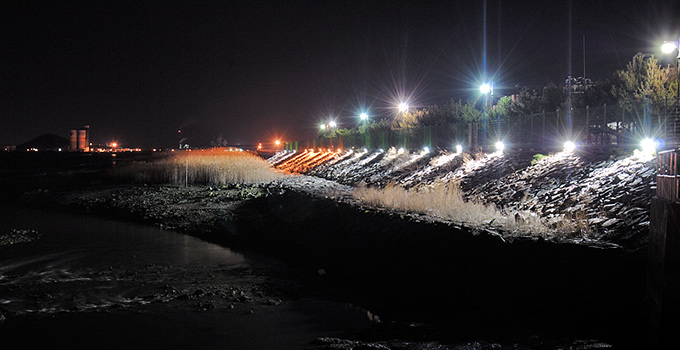
As a specialist bird conservation organization, Birds Korea is concerned about the potential impacts on these birds caused by the lights. We are also even more deeply concerned to learn that the whole area of tidal-flat is apparently targeted for possible reclamation. Respectfully, and in full recognition of Mokpo City's jurisdiction over this area, Birds Korea would therefore like to inquire whether due Prior Environmental Review has been undertaken (as apparently required for Public Waters reclamation under a 2005 amendment, Article 25-5, to the Framework Act on Environmental Policy)? If so, we would be very interested to learn please of the results of any survey work and discussion, and measures enacted to conserve the biodiversity of the site.
In line with e.g. Ramsar resolution 7.21 we accept that existing policies towards tidal-flats worldwide need to be modified to enable their conservation. Rather than reclaiming this site, we therefore respectfully suggest that Mokpo's remaining tidal-flats have enormous potential for environmental education for the citizens of Mokpo City, especially if managed wisely and appropriately. Conservation of this site would not only maintain biodiversity but also produce new benefits, while allowing Mokpo City and the Republic of Korea to better meet many of the “wise use” obligations of the Ramsar Convention (Iran, 1971).
Birds Korea therefore respectfully offers our support to all wetland and tidal-flat conservation measures being considered by Mokpo City at this site and elsewhere within the city's jurisdiction at this time - only one year before the Republic of Korea hosts the 10th Conference of the Parties of the Ramsar Convention, in autumn 2008.
In anticipation of further correspondence,
Respectfully,
Nial Moores Director, Birds Korea
Park Meena, National Coordinator, Birds Korea
and Dr. Danny Rogers, Co-Manager of the Saemangeum Shorebird Monitoring Program, and Chairman of the Research Committee of the Australasian Wader Studies Group."
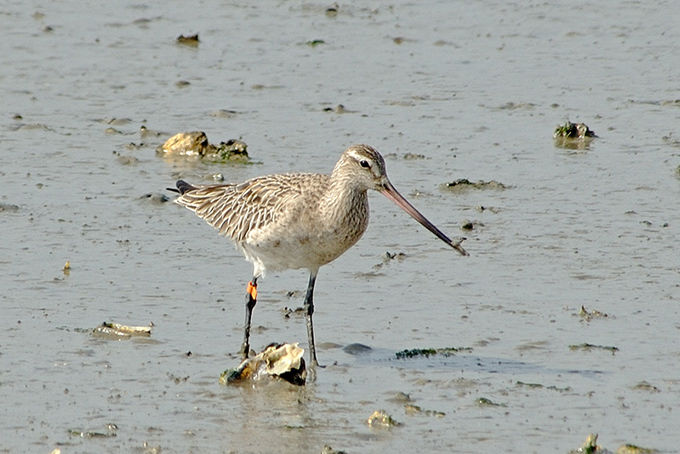
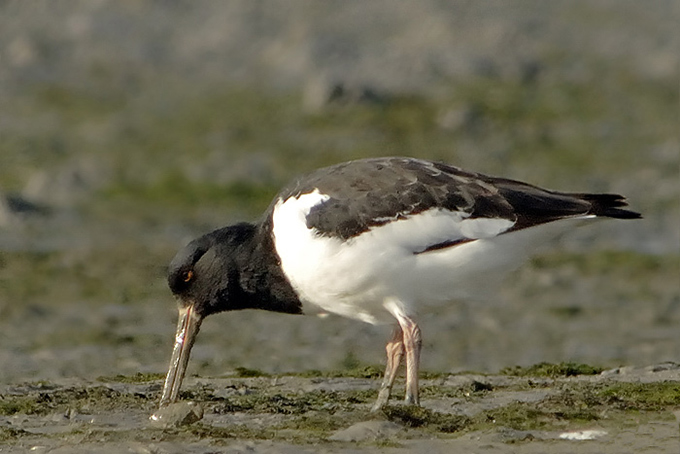
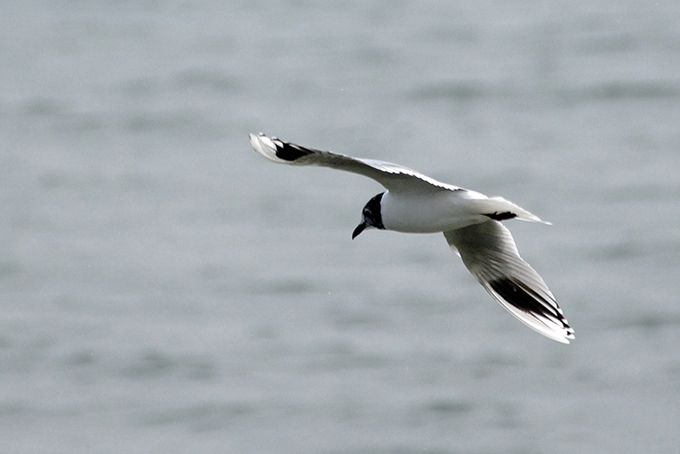
All images © Andreas Kim
Reference:
Wetlands International. 2006. Waterbird Population Estimates. Fourth Edition. Wetlands International, Wageningen, The Netherlands.



